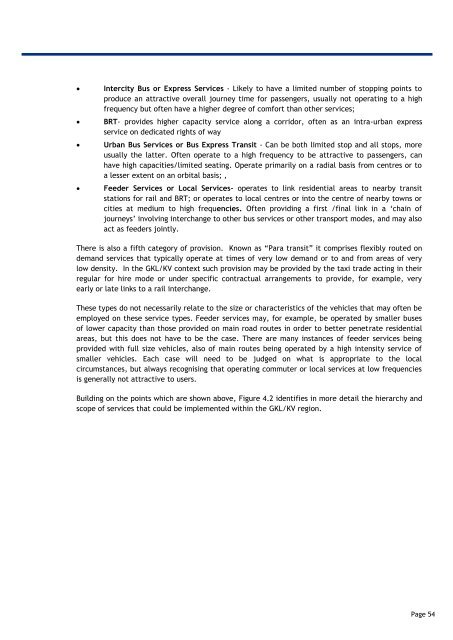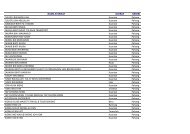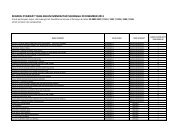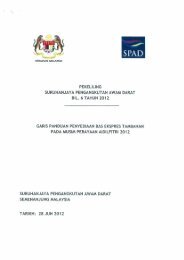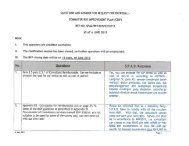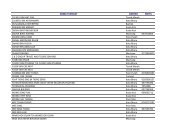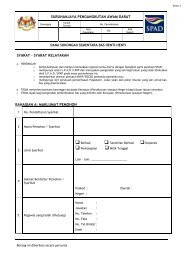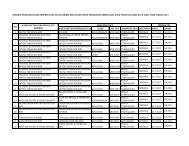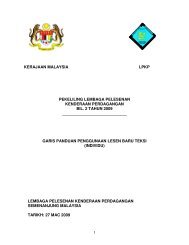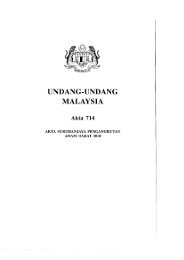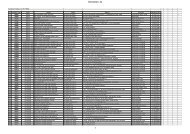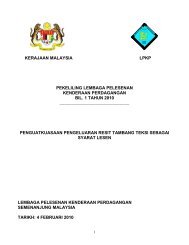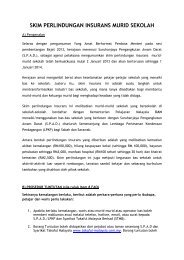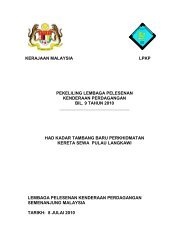Contents - SPAD
Contents - SPAD
Contents - SPAD
You also want an ePaper? Increase the reach of your titles
YUMPU automatically turns print PDFs into web optimized ePapers that Google loves.
Intercity Bus or Express Services - Likely to have a limited number of stopping points to<br />
produce an attractive overall journey time for passengers, usually not operating to a high<br />
frequency but often have a higher degree of comfort than other services;<br />
BRT- provides higher capacity service along a corridor, often as an intra-urban express<br />
service on dedicated rights of way<br />
Urban Bus Services or Bus Express Transit - Can be both limited stop and all stops, more<br />
usually the latter. Often operate to a high frequency to be attractive to passengers, can<br />
have high capacities/limited seating. Operate primarily on a radial basis from centres or to<br />
a lesser extent on an orbital basis; ,<br />
Feeder Services or Local Services– operates to link residential areas to nearby transit<br />
stations for rail and BRT; or operates to local centres or into the centre of nearby towns or<br />
cities at medium to high frequencies. Often providing a first /final link in a „chain of<br />
journeys‟ involving interchange to other bus services or other transport modes, and may also<br />
act as feeders jointly.<br />
There is also a fifth category of provision. Known as “Para transit” it comprises flexibly routed on<br />
demand services that typically operate at times of very low demand or to and from areas of very<br />
low density. In the GKL/KV context such provision may be provided by the taxi trade acting in their<br />
regular for hire mode or under specific contractual arrangements to provide, for example, very<br />
early or late links to a rail interchange.<br />
These types do not necessarily relate to the size or characteristics of the vehicles that may often be<br />
employed on these service types. Feeder services may, for example, be operated by smaller buses<br />
of lower capacity than those provided on main road routes in order to better penetrate residential<br />
areas, but this does not have to be the case. There are many instances of feeder services being<br />
provided with full size vehicles, also of main routes being operated by a high intensity service of<br />
smaller vehicles. Each case will need to be judged on what is appropriate to the local<br />
circumstances, but always recognising that operating commuter or local services at low frequencies<br />
is generally not attractive to users.<br />
Building on the points which are shown above, Figure 4.2 identifies in more detail the hierarchy and<br />
scope of services that could be implemented within the GKL/KV region.<br />
Page 54


